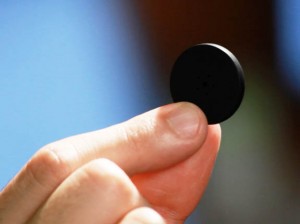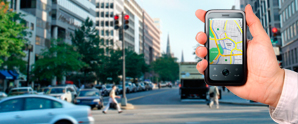 There’s a cool project over on Indiegogo now called StickNFind, that creates small bluetooth-enabled ‘tags’ you can attach to objects. A smartphone app can measure signal strength to approximate distance (it cannot tell you what DIRECTION the tag is in, though), which is nice, but what impressed me more was the ‘leash’ function and the ‘find it’ function.
There’s a cool project over on Indiegogo now called StickNFind, that creates small bluetooth-enabled ‘tags’ you can attach to objects. A smartphone app can measure signal strength to approximate distance (it cannot tell you what DIRECTION the tag is in, though), which is nice, but what impressed me more was the ‘leash’ function and the ‘find it’ function.
The ‘leash’ will alert you on your phone when a tag has moved a set (approximate) distance away from your phone. I can see this being useful for kids in crowded areas, pets, etc.
The ‘find it’ function is pretty neat too. Imagine a tag out of range. When it is back within range, your phone will alert you. Lots of possible uses for that!
The campaign closes in 11 days, and they’ve already exceeded their funding goal…so time is limited if you want to get in on it. Check it out here.


